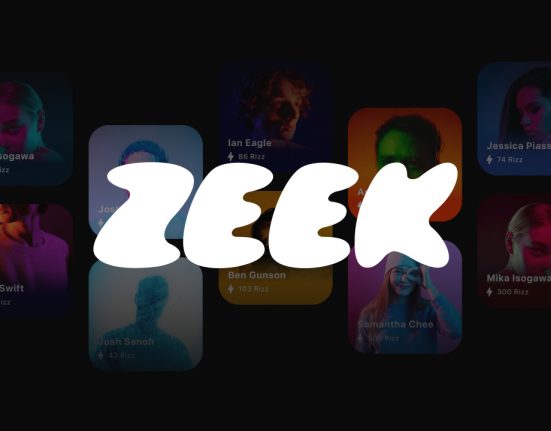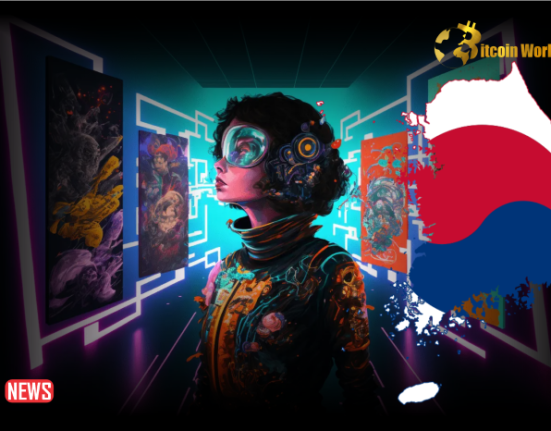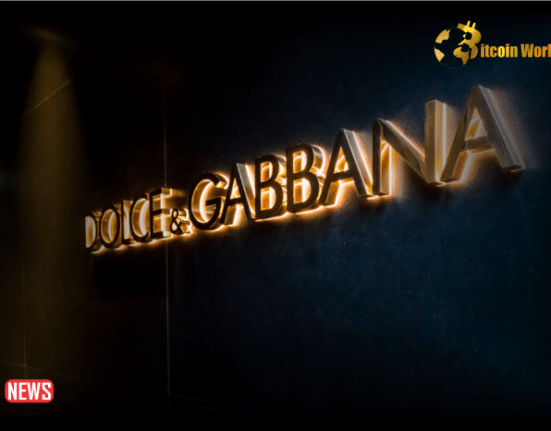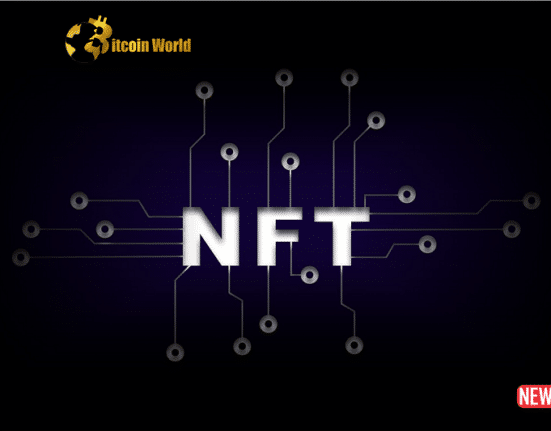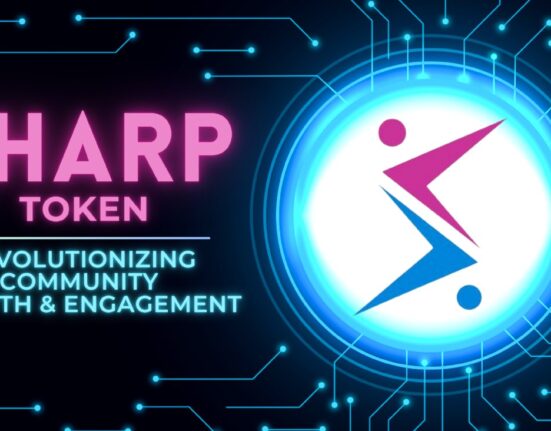HSBC, a major banking institution, has filed trademark applications related to the metaverse and non-fungible tokens (NFTs), indicating its interest in exploring virtual banking services and online marketplaces. Additionally, Queen Productions Ltd, the company managing the intellectual property of iconic rock band Queen, has also filed patents for metaverse and NFT-related ventures. These moves by HSBC and Queen highlight the growing trend of established organizations venturing into the virtual world. In this article, we’ll delve into the details of these trademark applications and their implications.
HSBC has shown interest in the metaverse and NFTs by filing trademark applications with the United States Patent and Trademark Office (USPTO). The bank’s trademarks include metaverse banking, consulting, financial services, and virtual credit cards, hinting at potential plans for a metaverse bank branch and other virtual banking services. This filing follows HSBC’s previous trademark applications for crypto and NFT-related technologies in December 2022. Despite recent fluctuations in the metaverse property market, HSBC joins a growing list of companies eager to explore the virtual world.
In a similar vein, Queen Productions Ltd, the company managing the intellectual property of the renowned rock band Queen, has also submitted patent applications related to the metaverse and NFTs. Their June 12 filing with the USPTO reveals plans to offer NFT-authenticated media, virtual merchandise such as clothing and accessories, and the development of virtual and mixed-reality software. Queen’s interest in the metaverse further underscores the expanding reach of established entities into virtual realms.
Yuga Labs, the developer behind the popular Bored Ape Yacht Club (BAYC) NFT collection, has announced the launch of its ninth NFT game, the HV-MTL Forge. This game follows the successful release of the HV-MTL NFT project, featuring a collection of 30,000 “Mech” NFTs. In the upcoming HV-MTL Forge event, users will construct homes for their respective NFT characters in a competitive, tier-based environment. The winner will be determined by community vote, offering a unique gaming experience within the NFT space.
Meanwhile, American snack brand Slim Jim has joined the metaverse and NFT trend with the launch of its “Meataverse.” Through its website, Slim Jim is offering 10,000 NFTs called “GigaJims” on the Ethereum scaling network Polygon. These NFTs will function as digital membership cards and provide holders with exclusive perks and benefits. Slim Jim’s foray into Web3 aims to engage both crypto enthusiasts and jerky fans, introducing them to the concept of digital ownership and unlocking additional features through the collection of the brand’s digital currency, “S.A.U.C.E.”
The filing of the metaverse and NFT-related trademark applications by HSBC and Queen Productions highlights the growing interest of established entities in virtual environments and digital assets. As banking institutions and entertainment companies explore these emerging spaces, it signals a broader acceptance and recognition of the metaverse and NFTs. Additionally, the launch of the HV-MTL Forge game and Slim Jim’s entry into the “Meataverse” demonstrate the evolving possibilities and engagement opportunities within the NFT ecosystem. As the metaverse and NFT trends continue to gain traction, we can expect more established organizations to join this exciting digital landscape.



